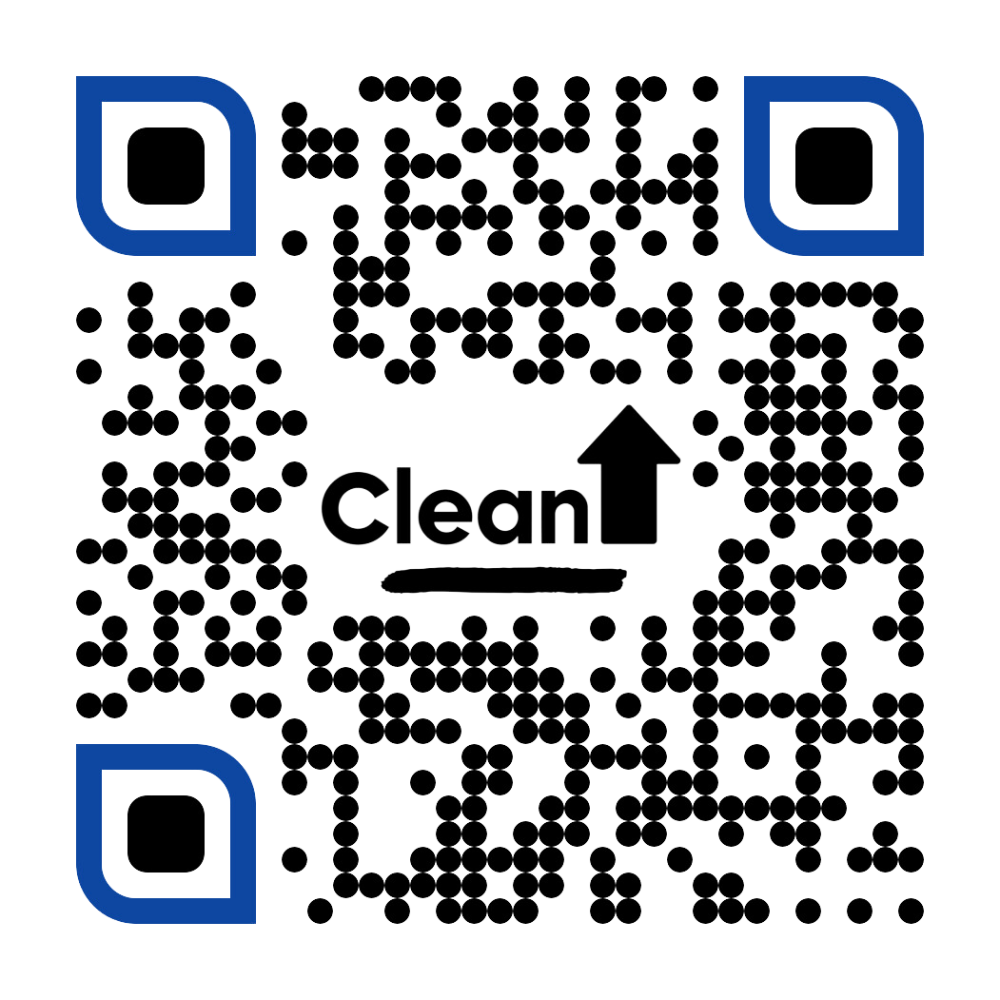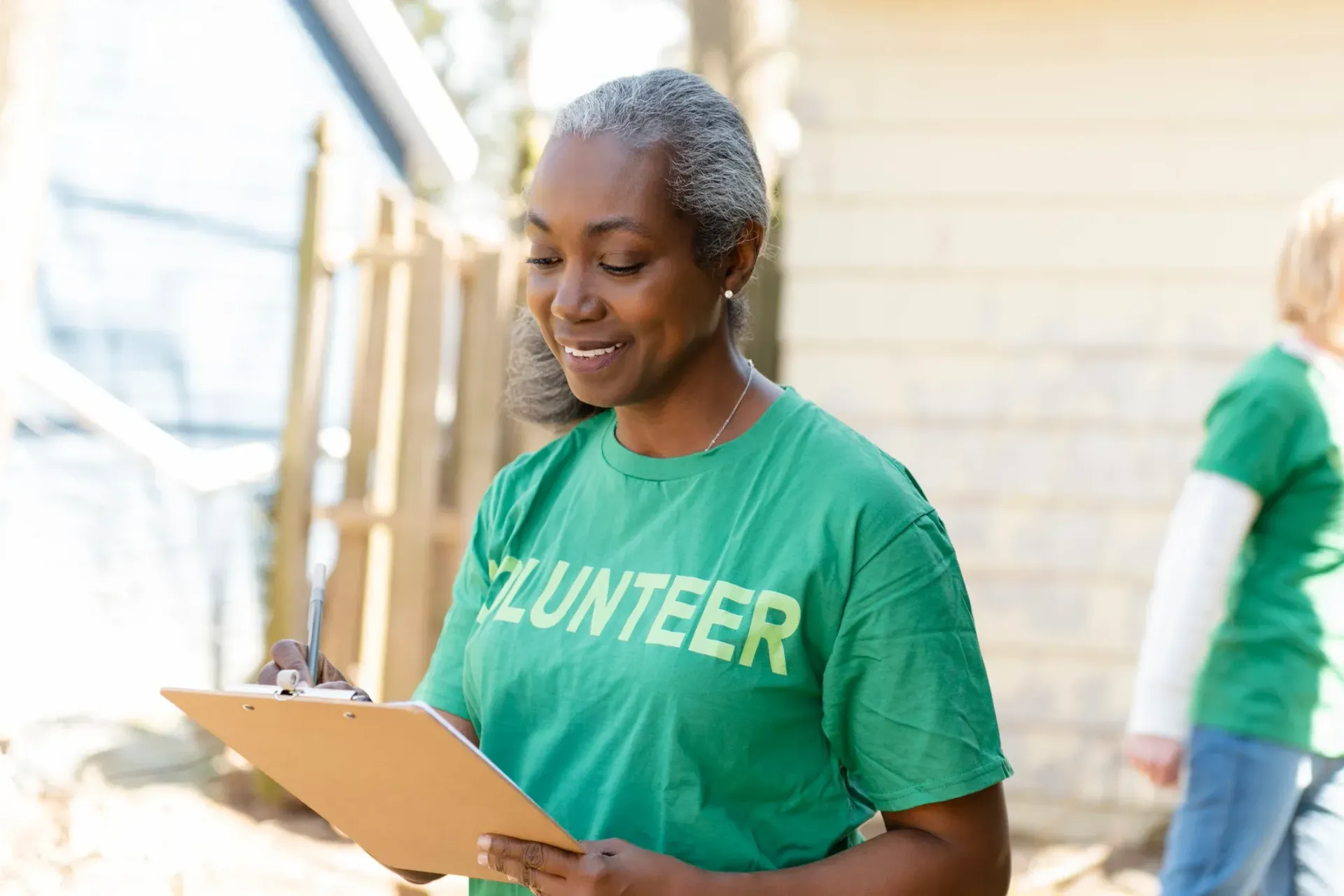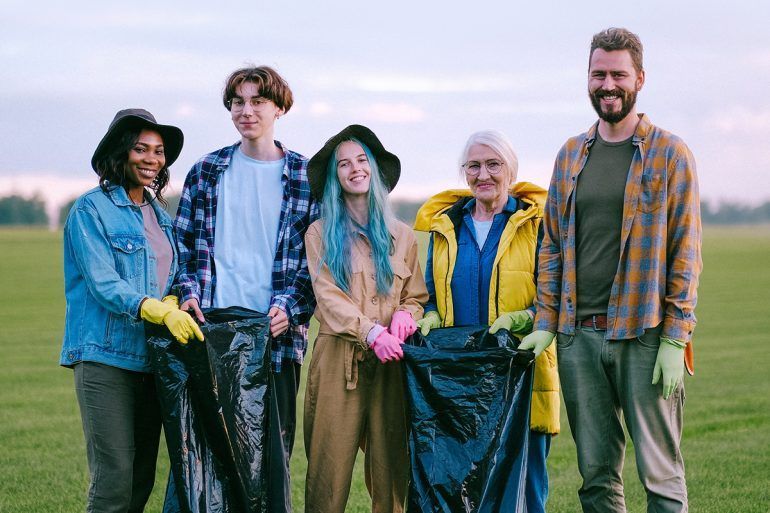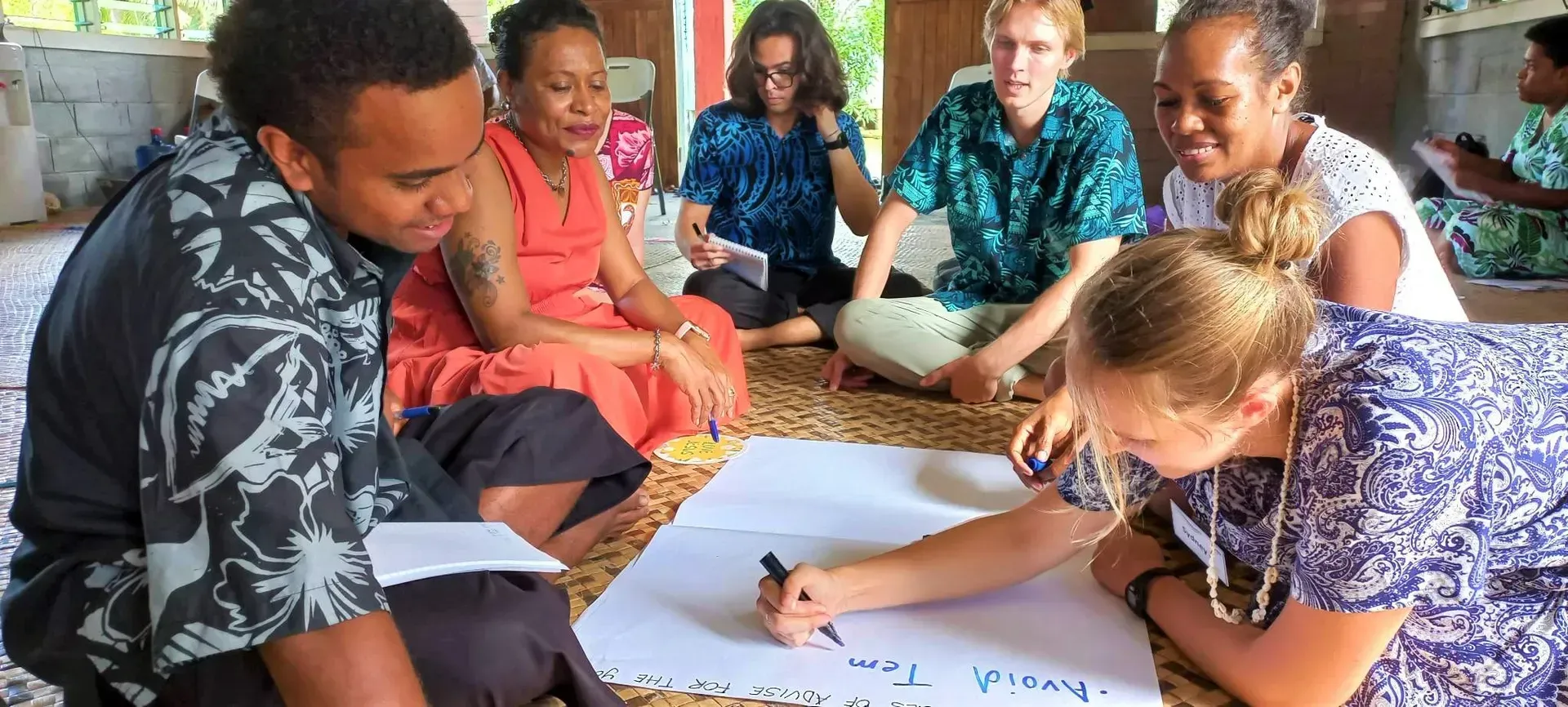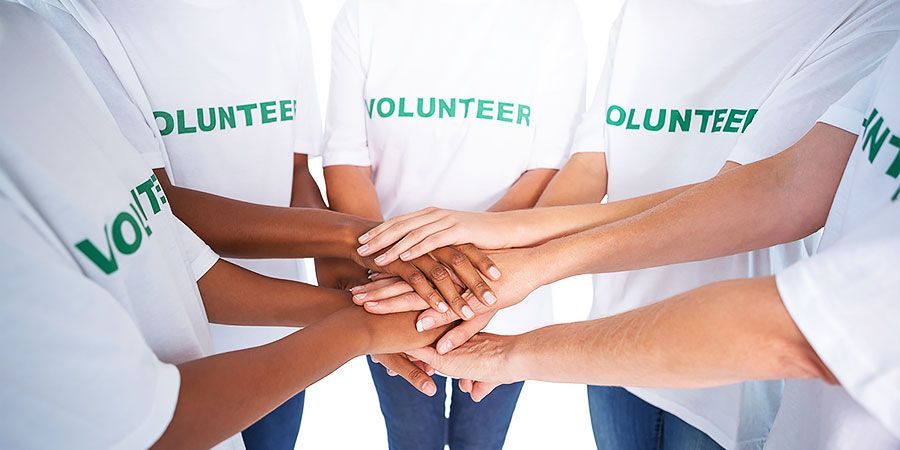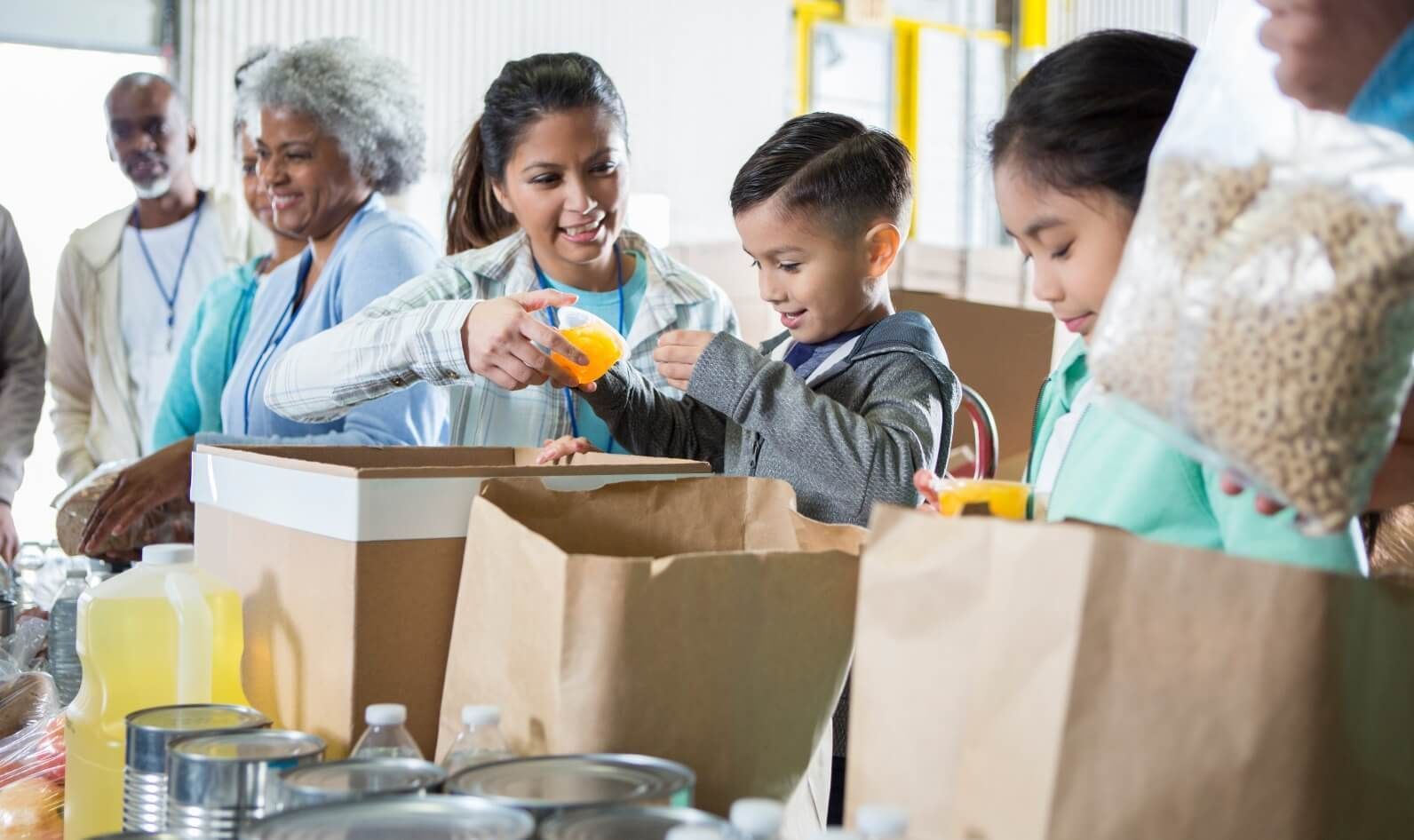Do Volunteers Get to Choose the Type of Work They Do?
TLDR;
Volunteers often have some choice in the type of work they do, but the extent depends on the organization’s structure, available roles, and current needs. Many programs offer role matching based on skills and interests, while others assign tasks based on operational priorities. Clear communication during onboarding helps set expectations.
Understanding Volunteer Role Selection

Volunteers want to feel their time is used well. Choice in roles improves satisfaction, retention, and the quality of service. In some programs, you select duties that fit your skills. In others, you fill priority needs. CleanUP USA has seen both models succeed when expectations are clear from the start.
Why Role Choice Matters for Volunteers
- Increases engagement and satisfaction
- Improves retention and commitment
- Uses existing skills for better outcomes
- Encourages repeat volunteering
When volunteers feel their preferences are respected, they often work harder and longer. This is especially true for those with specific skills they want to contribute.
Typical Models of Volunteer Assignment
- Structured assignments: The organization decides where you are needed most.
- Preference-based placement: Volunteers choose from a list of available roles.
- Hybrid approach: A mix of priority placement and role selection.
Factors Influencing Role Selection

Organizational Needs
If the organization has urgent priorities, tasks might be assigned without considering preference. In disaster relief, for example, logistics roles may take priority over less urgent duties.
Volunteer Skills, Availability, and Interests
Matching skills with tasks creates better results. A person with event planning experience can be placed in fundraising events. Someone comfortable with manual labor may help with setup and breakdown.
Legal or Safety Constraints
Some volunteer roles require training or certifications. Roles involving medical assistance, working with children, or operating equipment often have legal requirements that limit choice.
Examples from Different Volunteer Settings
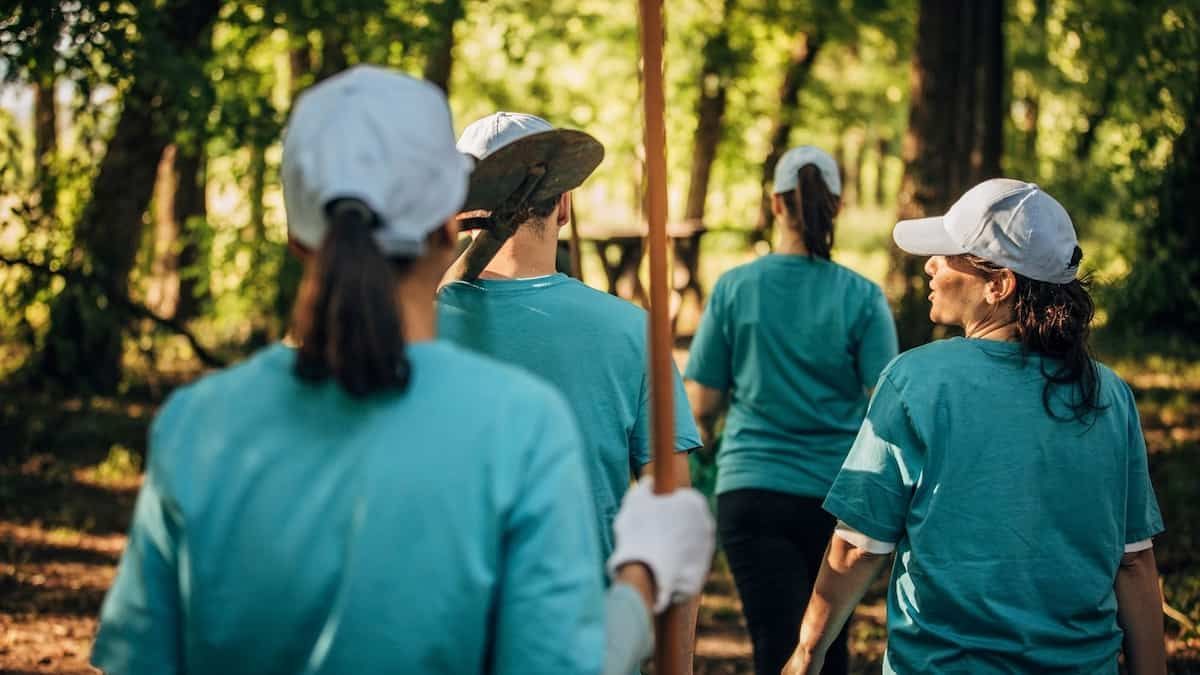
Nonprofit Organizations
Many nonprofits offer multiple departments. You might choose administrative work, event support, or direct service. The flexibility depends on program size and staffing. It's also important to consider what you'll wear,
appropriate volunteer attire can vary depending on the setting, from business casual in an office to comfortable, weather-appropriate clothing for outdoor events.
Corporate Volunteering Programs
Corporate programs often allow employees to choose from several community service options. Choices can include park cleanups, mentoring, or charity drives.
Community Service or Grassroots Initiatives
Smaller, local projects sometimes give more freedom. Volunteers often rotate between tasks during events, creating variety and exposure to different work.
Common Gaps in Current Volunteer Programs

Limited Autonomy and Rigid Assignments
Some organizations assign tasks without input from the volunteer, which can reduce satisfaction.
Mismatch Between Skills and Tasks
Volunteers sometimes end up in roles unrelated to their strengths, leading to frustration and inefficiency.
Poorly Communicated Options
Volunteers are not always informed about available roles. Without clear descriptions, they cannot make informed choices.
Lack of Role Transition or Rotation
Few programs allow mid-assignment changes. Volunteers who want variety can feel stuck.
Designing Volunteer Programs with Choice Built In

Intake and Matching Best Practices
- Use surveys to capture interests and skills
- Offer role previews before commitment
- Match skills to priority needs when possible
Structured Flexibility
- Create rotating schedules
- Allow volunteers to swap shifts or duties
- Provide tiered roles for different experience levels
Continuous Feedback Mechanisms
- Schedule check-ins with volunteers
- Use feedback forms to improve placements
- Keep communication open for mid-term changes
How CleanUP USA Applies These Principles

CleanUP USA matches volunteers to roles that fit their strengths while ensuring priority tasks are covered. We use skill surveys during onboarding and offer flexible schedules. This keeps volunteers engaged and ensures operational needs are met.
Practical Advice for Volunteers

- Ask about role options before committing
- Be open to roles outside your preference when critical needs arise
- Provide honest feedback if the role is not a good fit
- Look for organizations that offer skill matching and rotation
Future of Volunteer Role Selection

Volunteer programs are moving toward more personalized placement. Technology platforms are making it easier to match roles with skills in real time. This trend should improve volunteer satisfaction and efficiency.
Support CleanUP SCAN ME
